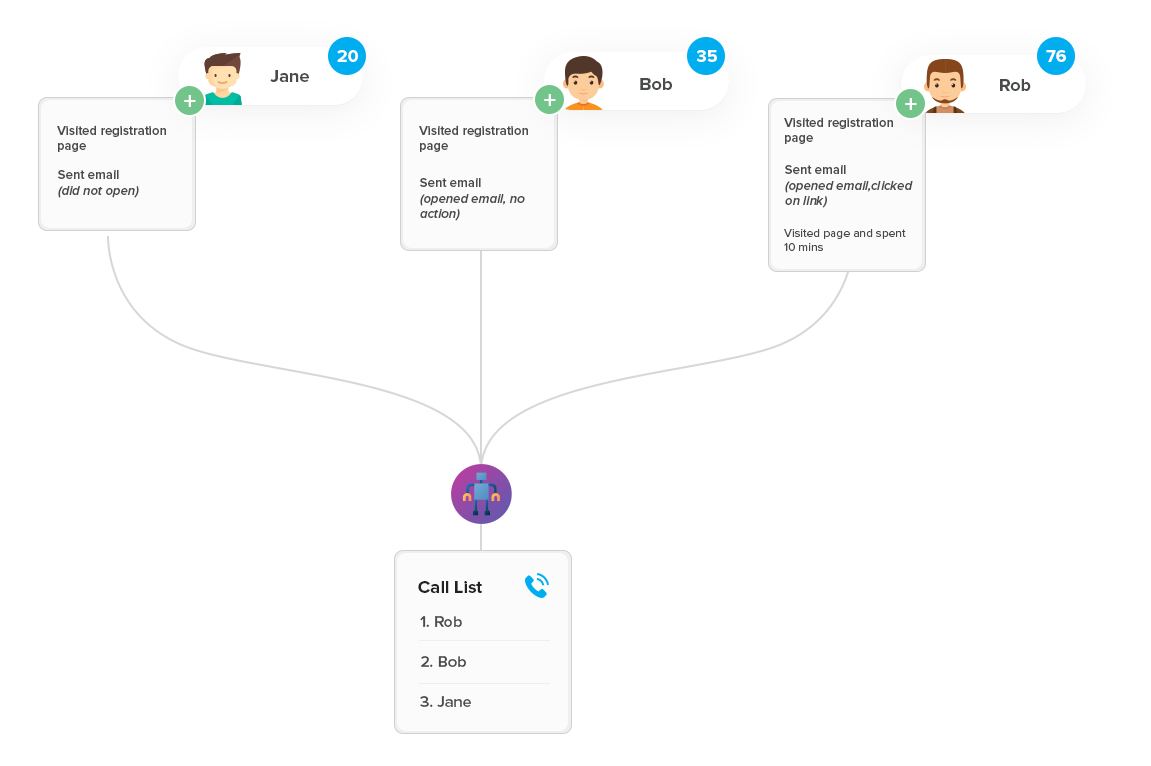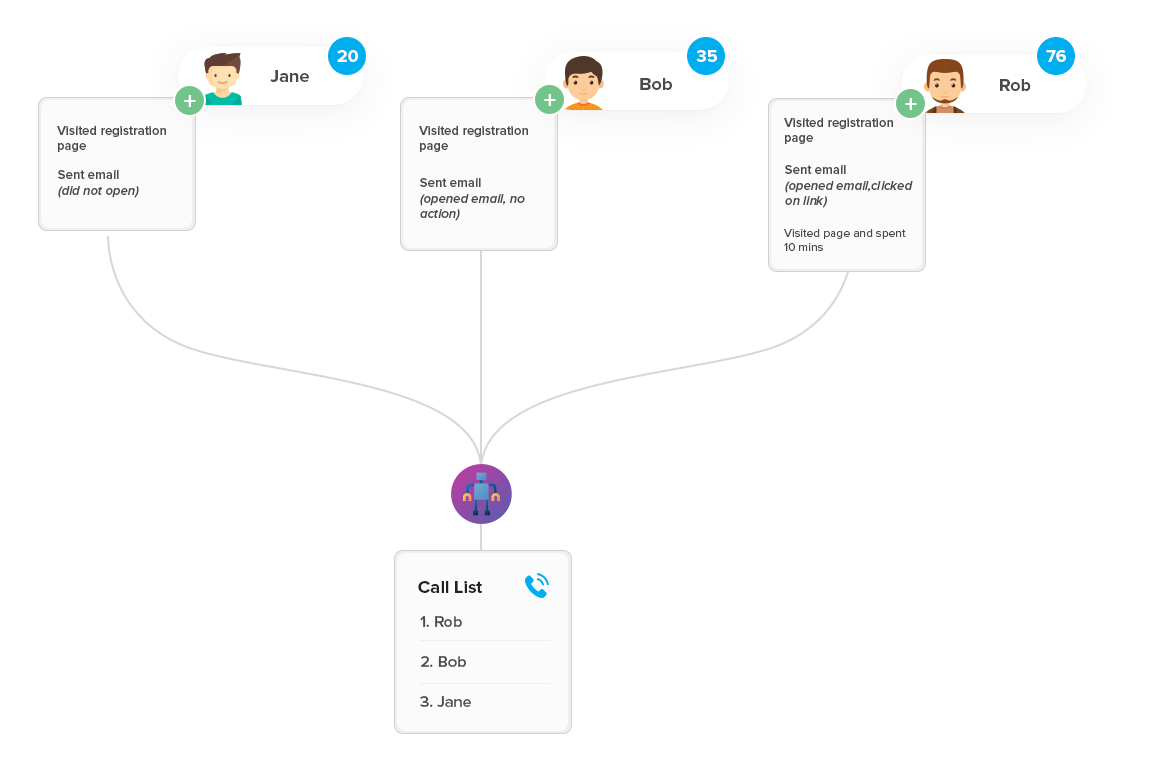How do you manage your sales team? Do you just point them in the direction of customers and tell them to “sell”? Are you grateful for any sales at all, or do you have strictly enforced targets? And can you enforce those targets and see who has reached them?

There’s a lot more to managing a sales team than just encouraging them to get customers to part with their money. But, businesses all over the world keep making the same mistake. They think that the bottom line is the only thing that matters, and don’t worry about how that figure gets there – but by carefully managing the performance of your sales team, you can increase that figure and boost the morale of your team at the same time.
And what does higher morale get you? More sales, of course!
Sales Team Management In The Real World
There are too many people running businesses, who do not know what their monthly income and expenditures are. They might have an idea – we need x-thousand to pay the staff and the bills – but they don’t have a plan for the future, sales projections, or data on how the sales team is performing.
Every now and then, a member of the sales team may email a report to their manager showing how much they sold in the past so many weeks. The report doesn’t include any cost – only the sale price. If you want to know the profit, you’ll have to calculate it yourself, and then you’ll have to take off the salary the sales team member gets paid.
It’s all very complicated, a little bit fiddly, and an absolute chore to do.
But there’s a better way…
Sales Team Management the easy way
Using a system that incorporates automation and centralized tracking will make the job of the sales team manager much simpler.

You can log and track any communication with your customer, helping to build a picture of both how your customer is being handled, as well as what a typical workday looks like for your salespeople.
Similarly, tasks needed to progress sales can be automatically scheduled – for example, if a customer has reached a certain stage in your sales process and needs a telephone call to help them choose which product they need, this task can be added to the job list for a salesperson without any human interaction needed.
Your sales team can begin to operate on autopilot, and you don’t need to chase them. You can log and track every sale they make in a central database that you can access from anywhere. Want to run a sales report? Do it whenever you need to.
Just want it emailed to you every week? Don’t rely on the team member to do it – the automated software will handle it for you. Same day every week, right there in your inbox – the sales report you need, right on time.
Managing Sales Team Members
When a business only considers their takings for the month, the sales team as a whole may be judged based on the amount they brought in collectively. However, not every member of the team will perform at the same level, and there may be a variety of reasons for this.
You can filter and separate your reports for each individual team member, and also for different sectors this member may represent.

Depending on how your business works, different team members may be assigned to different products or perhaps different geographic locations. The sales figures may be more representative of how the team member is assigned rather than their effort or performance.
Imagine that you have tasked your salesperson with selling chunks of ice. This ice can be used in drinks, it can cool you down, or can even be used to produce water if the customer is thirsty.
Say, you allocate a salesperson to Africa. Their sales figures are amazing, as everyone in the hot climate can see the benefits of having ice.
A different salesperson has also been given the job of selling ice, but their figures are appalling. They’ve only sold one chunk in three months. It’s time to get rid of that salesperson, right?
Not necessarily. According to the reports, they’re trying to sell ice in Canada, which seems to have enough ice of their own. By switching their sales location to the Middle East, their sales figures skyrocket.
Without proper tracking and the availability of all the information, a poor decision could have been made regarding the sales team.
Boosting Morale
You design sales targets with the intention to meet them. But, as you can see in the example above, they won’t always be. It is important to establish why the process failed and to encourage the sales team to improve. Knowing the weaknesses of your team members as well as the issues faced in your market (such as the temperature in Canada) will help you manage your sales team effectively and increase sales overall.
Tracking and viewing historic sales figures for team members, locations, and products will not only allow better team management but better business management overall.
You may discover that one product never sells – do you need to keep promoting it? Is there a stockpile that needs to be dealt with? Or is it just targeted at the wrong location?
Getting the right products to the right people using the right salesperson for the job will maximize sales and build confidence in your sales team.
Reducing sales targets because they are never reached or letting team members go because they seem to be underperforming may be a strategy that you subscribe to, but by watching exactly how your sales team performs over time, you can establish the best plan for managing every member going forward.
You may discover a great salesperson who has never been in the right place with the right product – but how will you ever know unless you have access to the reports and figures that show you exactly what is happening within your business?







